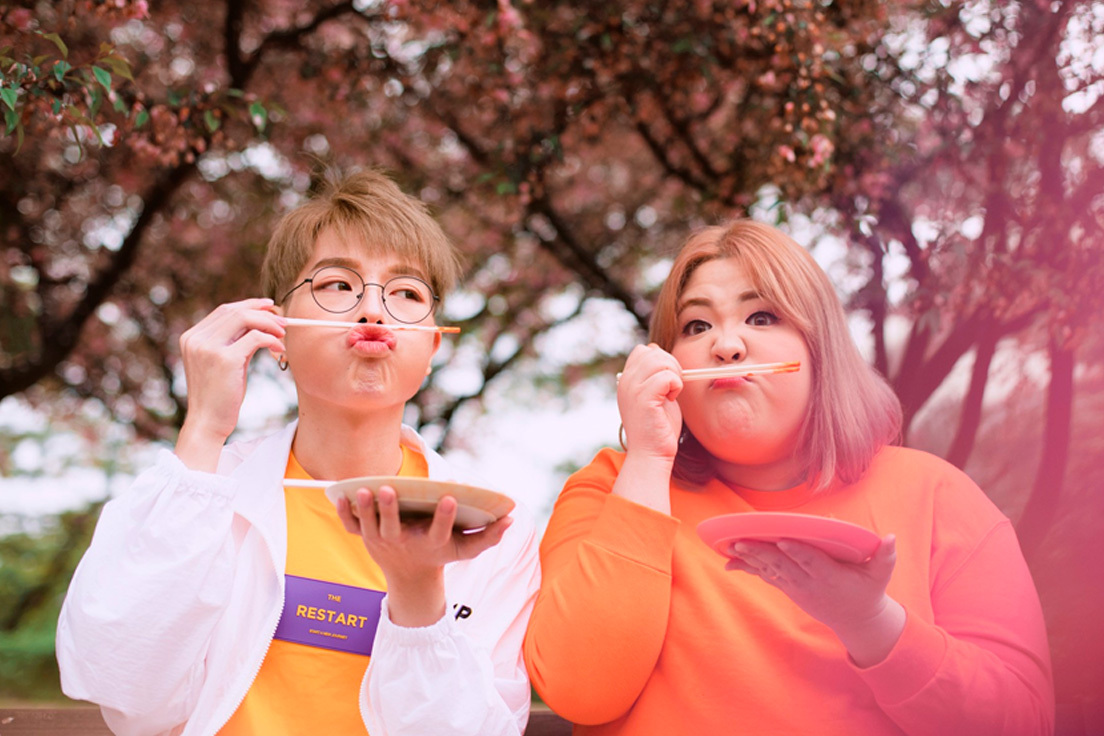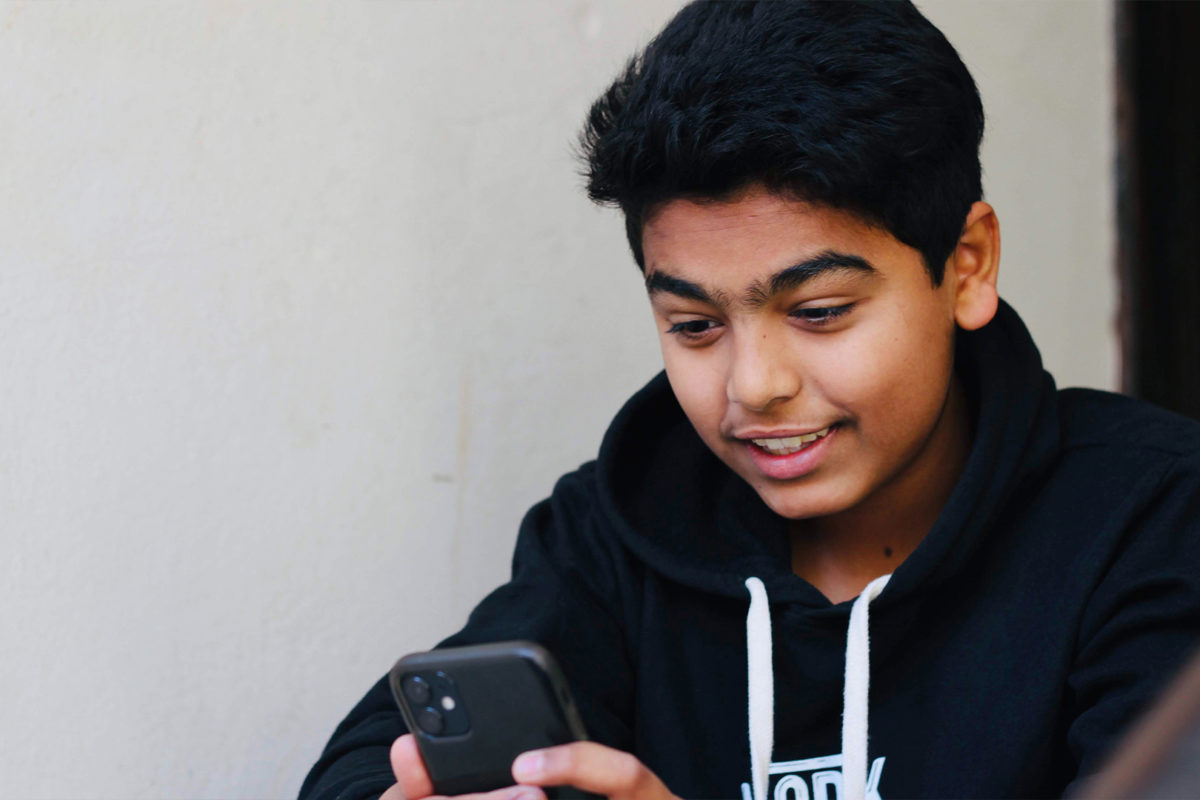The 2020’s are off to a sketchy start. An explosion in Beirut killed 190 people, wildfires raged in Australia, the US president was impeached and mass protests erupted in response to police brutality and racial injustice. There was also the first global pandemic in living memory. It’s little wonder that doomscrolling – that is, the compulsive consumption of frightening digital news while cowering behind our iPhones – is now wildly popular.
Feeling the fear
News media has often played to our darker curiosities. Pew Research unveiled a report back in 2007 – Two Decades of American News Preferences – which concluded that we pay much more attention to news when world events are seen to threaten our way of life. Meanwhile, our preoccupation with things that frighten us is said to invoke an ancient threat response which is hard-wired into our consciousness. Kaz Nelson, an associate professor at the University of Minnesota Medical School in Minneapolis, told the Huffington Post that when we doomscroll our brains perceive “that we are doing something essential and productive.” Except we aren’t. Social media has come along and made bad news more participatory, abundant and addictive. Apocalyptic content across Twitter, Instagram and Facebook allows us to witness the world’s slide into oblivion with millions of other people in real time.
Stemming the tide
Experts agree that the mind isn’t programmed to receive and process bad news in such volumes. This is why doomscrolling on social has psychologists concerned and the internet is littered with listicles on how to stop doing it (#protip: turn off push notifications). But while it is any individual’s choice whether or not to voraciously read or watch scary content, it might be a good moment for brands to step into the conversation. Of a Twitter poll in the US, 70% of people said that brands should boost positivity and share positive stories. There is a clear appetite for this, echoed in the surge in visitor numbers that positive news sites have experienced since the spring – Upworthy has seen considerable growth, while The Washington Post, National Geographic and New York Times have increased their emphasis on optimistic stories.
This means there is a clear potential to use social to alleviate the doom fatigued with content that is lighter, more uplifting and whimsical. Here TikTok is leading the way as a place for humour, creativity and community. Consider how earlier this year a trend emerged on the app which encouraged depressed people to improve their mental health through housework. The Clean Room Challenge essentially saw overwhelmed people feel better after a bit of tidying and observers cheered them on.
This kind of thing is a sign that the world is ready for a bit of optimism in 2021. We think that this in itself is good news.
If you want to discuss ways to propagate better content on social, we’d love to hear from you. Drop us a line, email or connect with us on Instagram or TikTok.


